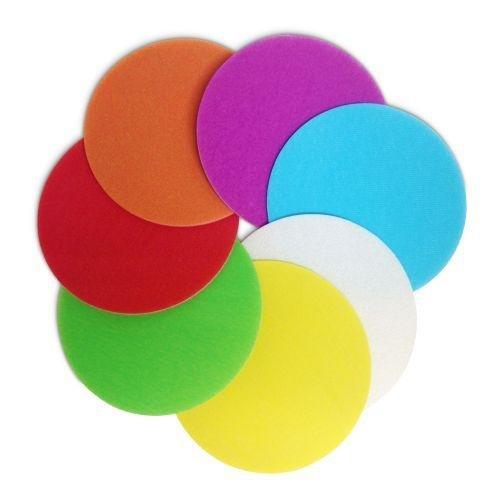A Guide To Choosing The Right Sanding Discs
Sanding discs come in various shapes and sizes and choosing the right one for the work you’re doing can seem overwhelming. If you somehow ended up choosing the wrong sanding discs, you might end up damaging whatever you’re working on. Even if you don’t damage it, the chances of having bad quality finishes are very high.
With so many different sanding discs available on top of different tools being used for fabricating work, choosing a disc can turn out to be a nightmare. So, if you’re using sanding discs for a home improvement project or any other reason and can’t seem to find the right sanding disc for your job, you’ve come to the right place. This is a comprehensive guide to choosing the right sanding discs.
Contents
Different sanding discs for different uses
As mentioned, sanding discs are made for specific purposes and specific tools. Here’s how you can choose between sanding discs according to their uses:
-
Resin fiber discs
Resin fiber discs should be chosen when you have any work related to blending, grinding, deburring, or finishing metals. These types of discs are generally used with an angle grinder with an appropriate backing pad. The appropriate backing pad is there for the safety of the user.
-
Flap discs
Flap discs are used for more delicate work and are a great choice for grinding wheels using coated abrasives. Flap discs provide great flexibility and versatility on the workpiece and a softer grind. Flap discs are used by most fabricators and are considered a favorite in the industry due to their ability to smooth out welds, remove rust, mill scale, and aggressive stock removal.
-
Hook and loop discs
They come from a delicate side of the sanding discs. Hook and loop discs are made from cloth or paper that has a backside made up of material that is similar to velcro. To fix the sanding disc to the sander, manufacturers provide a system of hooks and loops. The main advantage of these kinds of discs is how the quality of the used disk is not sacrificed while changing the disc.
-
Quick change discs
If you are working on a small area with tight corners or any area with places difficult to get into, then quick change discs are there for you. These discs are also generally used for grinding, deburring, and blending. To maximize productivity users resort to quick change discs as their fastening system makes the process simple and effective.
-
PSA discs
PSA, short for pressure-sensitive adhesive, sanding discs have a sticky back and are good when used on large jobs that are likely to wear out the sandpaper. The main advantage of PSA discs over the others is their durability and how they can be used for longer terms.
Conclusion
There are other types of sanding discs like Semi-flexible discs or surface conditioning discs. However, most use cases are covered in the above-mentioned sanding discs, and the latter is used for very specific purposes. Now, if you know which sanding disc to choose according to the job you’re doing, then we’ve done our job.




